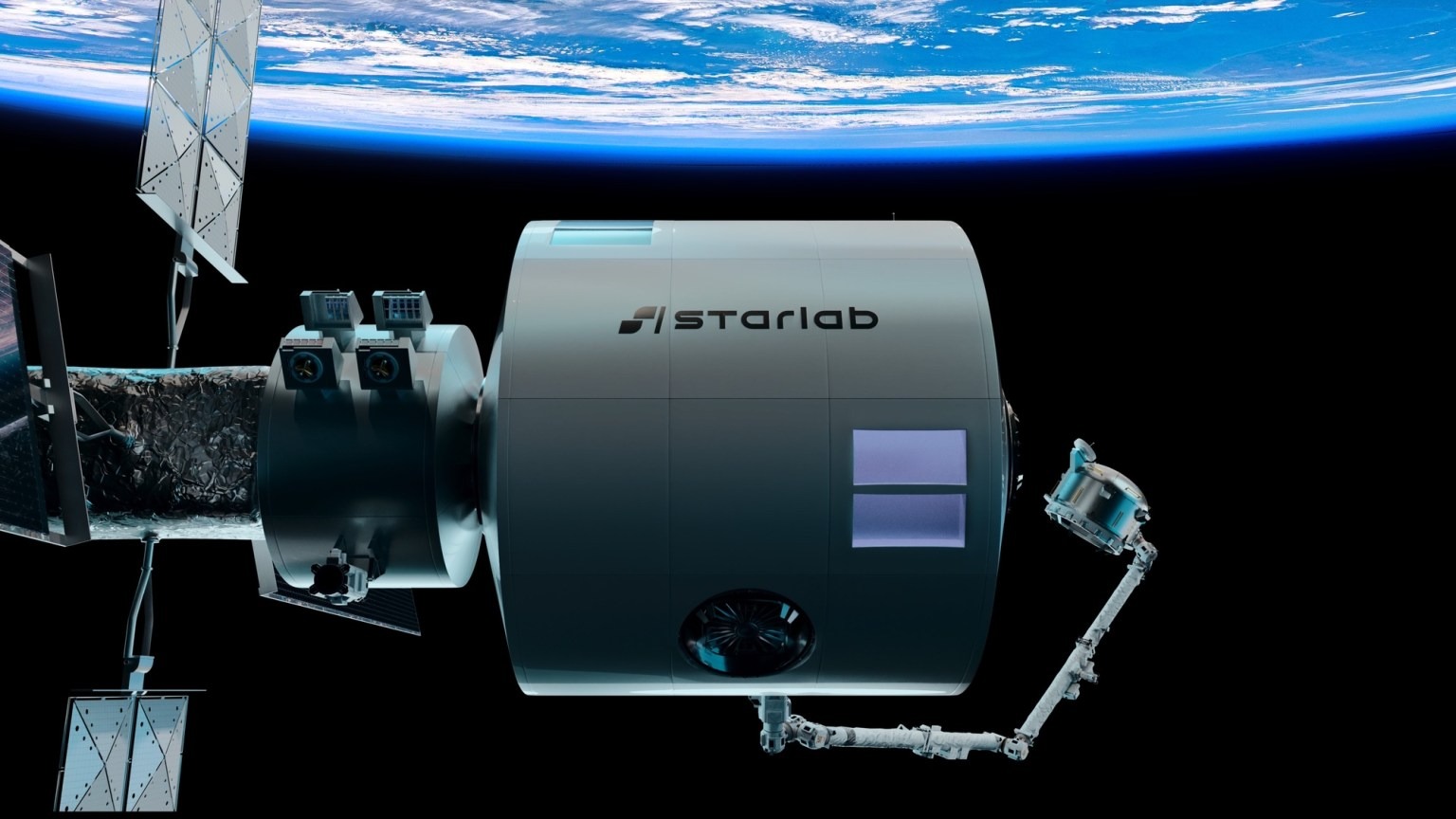The future private space station Starlab Space will be so large and heavy that only one super-powerful launch vehicle can put it into orbit at a time. Starlab Space, like several other commercial enterprises, plans to put a commercial space station into orbit on the eve of the “retirement” of the International Space Station in 2030. The company, a joint venture between Voyager Space from Colorado and the European concern Airbus, announced that it had found a launch service provider for this mission, SpaceX, thanks to its Super Heavy rocket.

This strategic partnership is due to the size and weight of the station, which exceeds the capabilities of other launch vehicles. The size of the Starlab, 8 meters wide, requires a large rocket. That is why SpaceX has been chosen as the best option for delivery.
The Starlab, built of stainless steel, will be fully equipped on the ground, effectively saving time and costs. Then the ready-made space station will be delivered by a launch vehicle in one flight. According to Voyager Space CEO Dylan Taylor, SpaceX’s election is linked to the success and reliability of their operations.
Now the Super Heavy with 33 Raptor engines, which is capable of putting loads weighing up to 150 tons into orbit, is undergoing trial launches along with a prototype of the reusable Starship spacecraft. So far, the launches have been unsuccessful, but the partners are confident of success.
Starlab plans to reach Earth orbit by 2028 and will be designed for various experiments in microgravity and the space environment. After commissioning, the station will have a permanent crew of four astronauts.
Starlab Space plans to provide services for space agencies such as NASA and the European Space Agency, as well as for researchers and commercial companies. The initiative was supported by NASA, which invested USD 217.5 million in this project through a consortium including Northrop Grumman as a supplier of autonomous spacecraft.
Earlier, we talked about the 5 most promising space stations of the present and future.
According to spacenews.com
Follow us on Twitter to get the most interesting space news in time
https://twitter.com/ust_magazi


